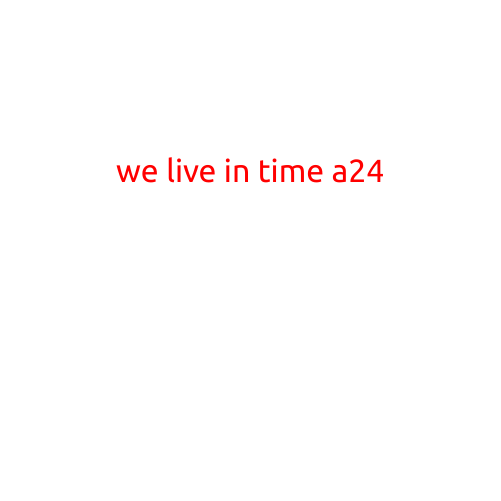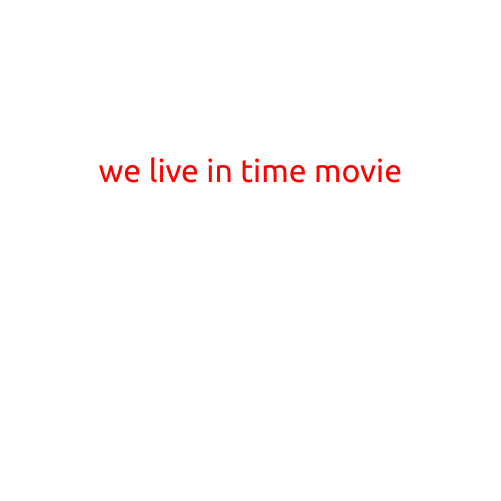
We Live in Time: A Generational Divide in Age Rating on Netflix
The way we consume media has undergone a significant transformation in recent years, with streaming services like Netflix revolutionizing the way we watch our favorite shows and movies. One aspect that has evolved alongside this change is the age rating system used by these platforms. With the proliferation of streaming, the traditional age-based rating system, which relied on a single, uniform rating for a specific region, has given way to a more nuanced approach. In this article, we will explore the evolution of age ratings on Netflix and how it reflects the changing attitudes towards content and audience demographics.
The Early Days: A Simple, Uniform System
In the early days of streaming, age ratings were based on a single, uniform rating system that applied to all audiences in a given region. This system, which was inherited from the traditional film industry, relied on a simple rating system of G, PG, PG-13, R, and NC-17. This approach was straightforward, but it failed to account for the diverse range of audiences that were now accessing content.
Netflix Pioneers a New Era
Netflix, being a pioneer in the streaming industry, was the first to break away from the traditional age-based rating system. In 2016, the platform introduced a more nuanced approach, which allowed for multiple ratings to be assigned to a single title. This move was designed to better cater to the diverse range of audiences, taking into account factors such as geographical location, cultural background, and individual preferences.
The Rise of Maturity Labels
One of the key changes introduced by Netflix was the use of maturity labels, which categorized content based on its level of complexity, maturity, and intensity. These labels, such as “Mature” or “Very Mature,” signaled to parents and guardians that a title may contain themes, language, or violence that may not be suitable for all ages.
Generational Divide: A Reflection of Changing Attitudes
The shift towards a more nuanced age rating system on Netflix reflects a changing attitude towards content and audience demographics. The rise of streaming has created a new generation of viewers who are accustomed to consuming content on-demand, without the constraints of traditional broadcast schedules. This generation, often referred to as “millennials” or “Gen Z,” has grown up with the internet and social media, and as a result, has a different set of values and expectations when it comes to content.
Conclusion
The evolution of age ratings on Netflix reflects a changing landscape in the way we consume media. The shift towards a more nuanced rating system, which takes into account the diversity of audiences and geographic regions, is a testament to the platform’s commitment to catering to the needs of its users. As the media landscape continues to evolve, it will be interesting to see how age ratings continue to adapt, reflecting the changing attitudes and expectations of the next generation of viewers.





